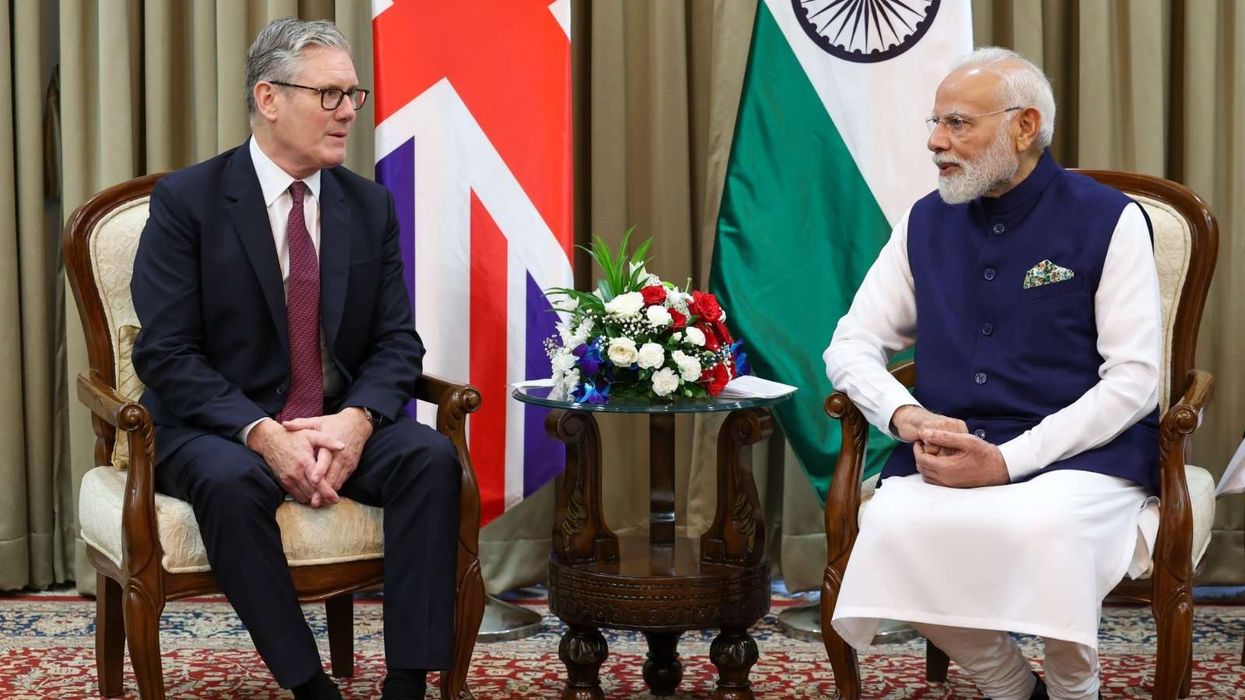When film director Danny Boyle saw Sebastião Salgado’s photograph of Churchgate Station in Bombay (now Mumbai), he knew this was where he would end Slumdog Millionaire with the rousing Jai Ho dance sequence, writes Amit Roy.
This was revealed to Eastern Eye by Sundaram Tagore, who owns art galleries in New York and Singapore and is about to open one in London (he is moving from the previous smaller venue in Cromwell Place).
Tagore, who has flown in from New York to attend Eastern Eye’s Arts, Culture & Theatre Awards (ACTA) on Friday (23), last week participated in a photography exhibition called Photo London at Somerset House.
Now in its 10th year, “the UK’s leading photography fair” said that Photo London 2025 was “dedicated to the past, present, and future of photography”.
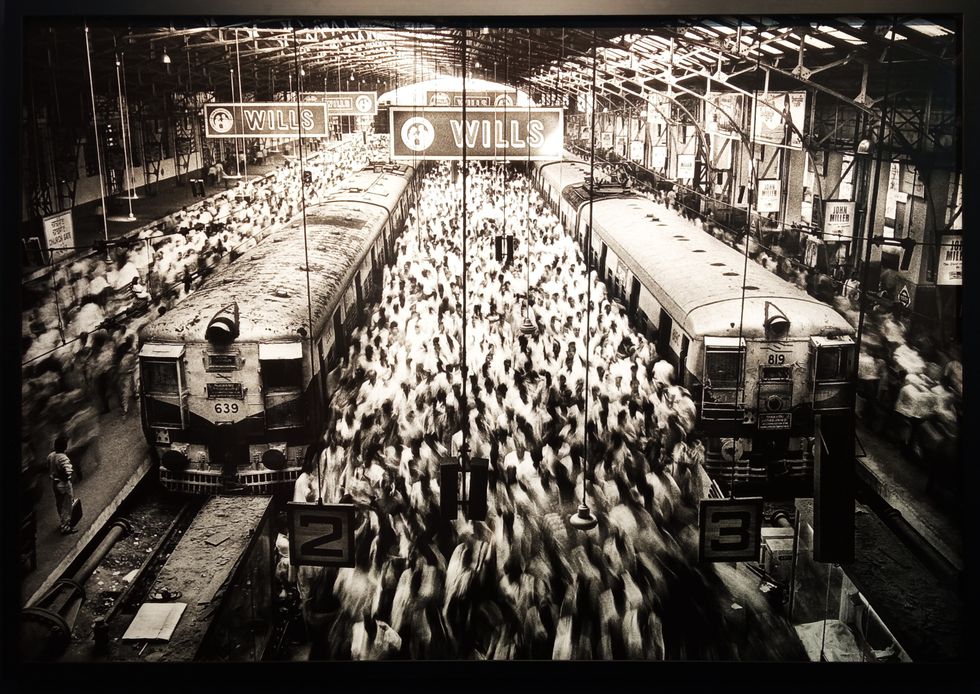
Tagore had a booth where he showcased work by several celebrated photographers, including three – Salgado, Steve McCurry and Karen Knorr – all of whom have drawn inspiration from India.
The work of the Brazilian-born Salgado has been described by Andrei Netto of The Guardian as an “instantly recognisable combination of black-and-white composition and dramatic lighting”.
“He’s a world-renowned photographer who has a deep relationship with India,” said Tagore, standing in front of Salgado’s famous photograph of Churchgate railway station in Mumbai (previously Bombay).
The photograph was taken by Salgado in 1995 (when Bombay was renamed Mumbai) as part of a decade-long series on the subject of “migration”, said Tagore, who explained the circumstances in which the picture was taken.
“When he got to the station, he knew he wanted a vantage point higher up,” said Tagore. “Then he was told he’d need to go to an office to get clearance (because everything in India is bureaucratic). He was looking around, thinking ‘Where can I take a photograph of Churchgate?’ Just then he saw this scene and, without waiting for official clearance, just snapped the picture. And in the migration context, if you look carefully at the picture, only two people are static. There is this man who appears to be looking across the crowd to a woman sitting down.”
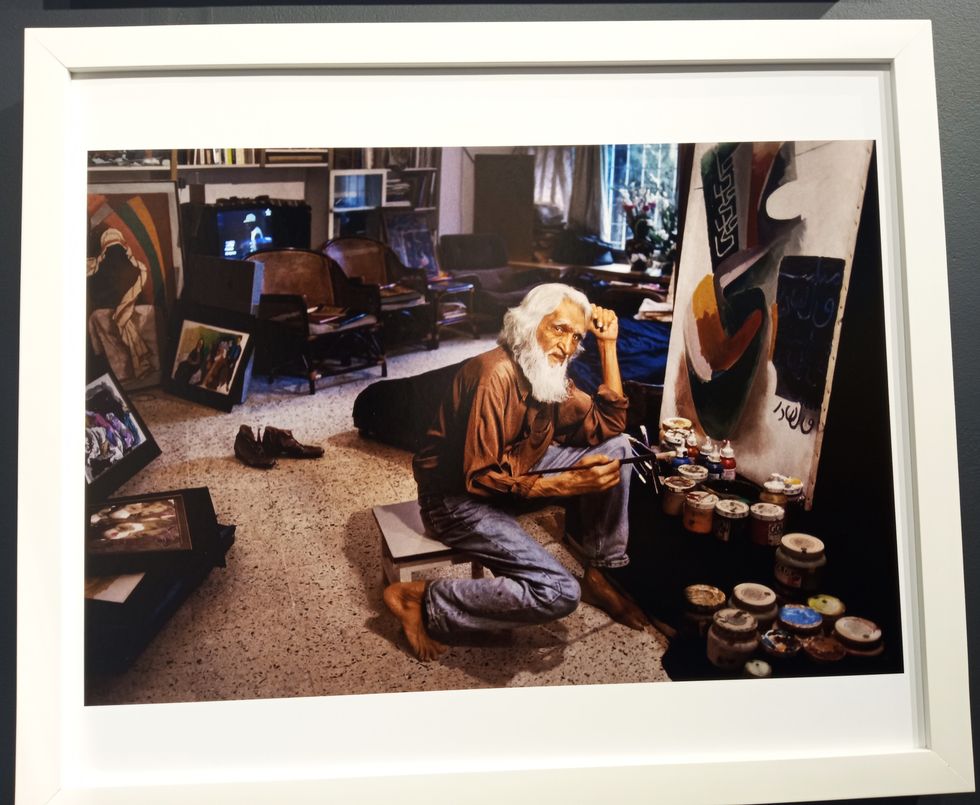
Tagore said Boyle happened to come across the picture when he was shooting Slumdog Millionaire in 2007, with Dev Patel and Freida Pinto in the lead roles. Boyle is reported to have said, “This is where I will end the film.”
Tagore added, “This is where the Jai Ho dance scene takes place. That was the inspiration. It was all a bit accidental.”
In his booth, Tagore had also included photographs by McCurry, who is just as famous for his images captured in India.
He caught a boy running down a lane in Jodhpur in 2007. On a taxi journey between Jodhpur and Jaisalmer in 1983, he captured a group of women caught in a sudden sandstorm. He photographed the painter MF Husain in his Bombay studio in 1993. And, in China, in 2004 he took a photograph of Shaolin monks in training in the city of Zhengzhou.
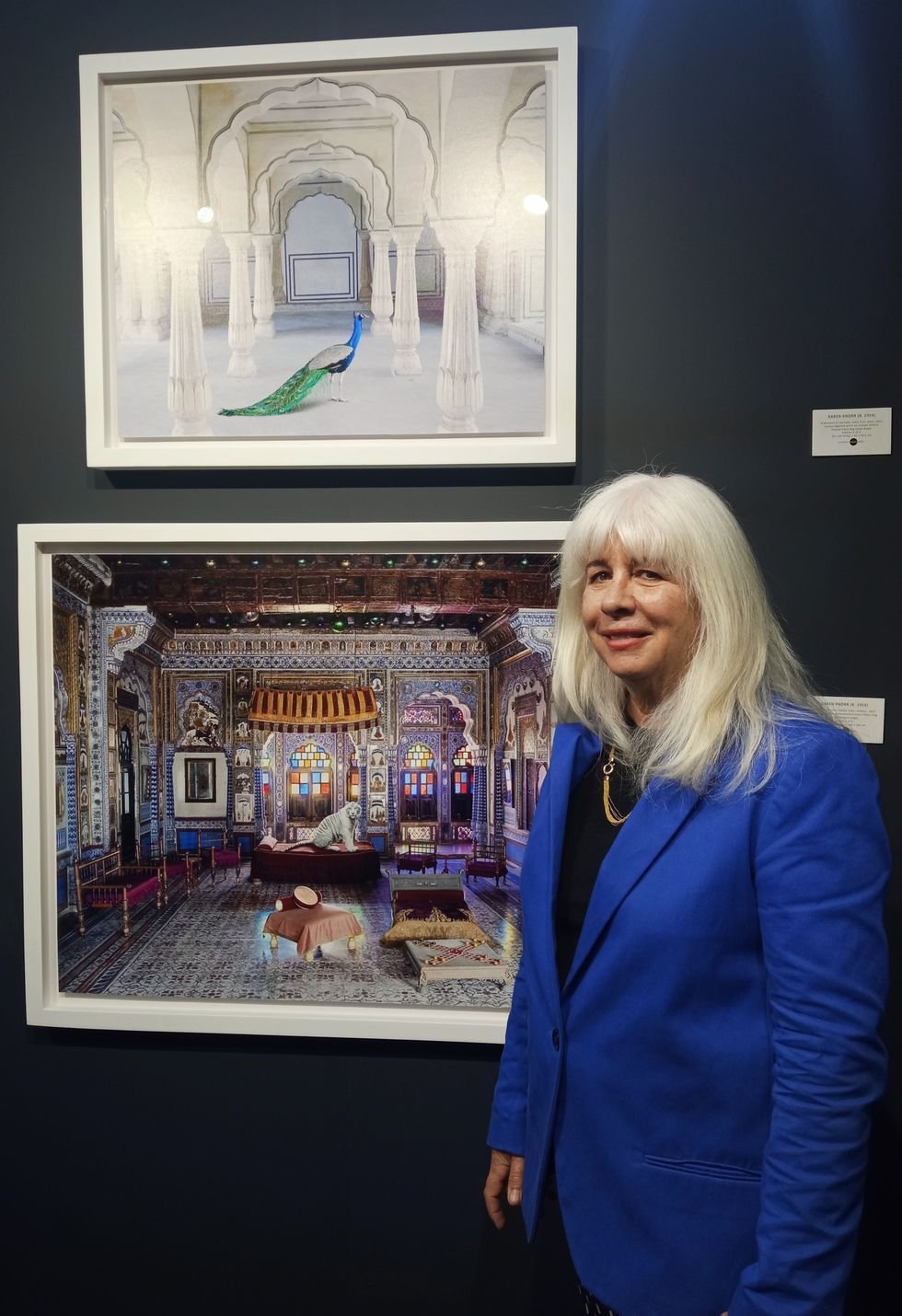
Present alongside Tagore was photographer Karen Knorr, who talked to Eastern Eye about her striking images – she takes pictures of lions, tigers, peacocks, horses, deer, elephants, cheetahs and swans, for example, and inserts them into photographs taken separately of ornate rooms in palaces and forts in Rajasthan.
She is a German-born American photographer, “the product of a photojournalist mum and a father, who was an editor of a Stars and Stripes American paper in Frankfurt am Main, where I was born”.
She grew up in Puerto Rico and now lives in London.
Her website says that her “photography explores cultural heritage and its ideological underpinnings. Questions concerning post-colonialism and its relationship to aesthetics have permeated her photographic work since the 1980s. Her acclaimed work, India Song, researched the stories and myths of India, photographing animals and placing them in temples and palaces across heritage sites in India. In 2024 Sundaram Tagore Gallery held a solo exhibition of her work, Karen Knorr: Intersections.”
Works shown at Photo London included The Opium Smoker, Chitrasala, taken in Bundi in 2017.
Standing in front of two of her photographs – one called The Transgressor, taken at Takhat Vilas in Jodhpur in 2022, and another titled A Moment of Solitude at Amer Fort in 2021 – she spoke about how India had changed her life.
A British photographer called Anna Fox introduced Knorr to Abhishek Poddar, head of the Museum of Art in Bangalore (now Bengaluru).
She remembered: “He picked up the phone and said, ‘Why don’t you come to India?’ And I said, ‘Why not?’”
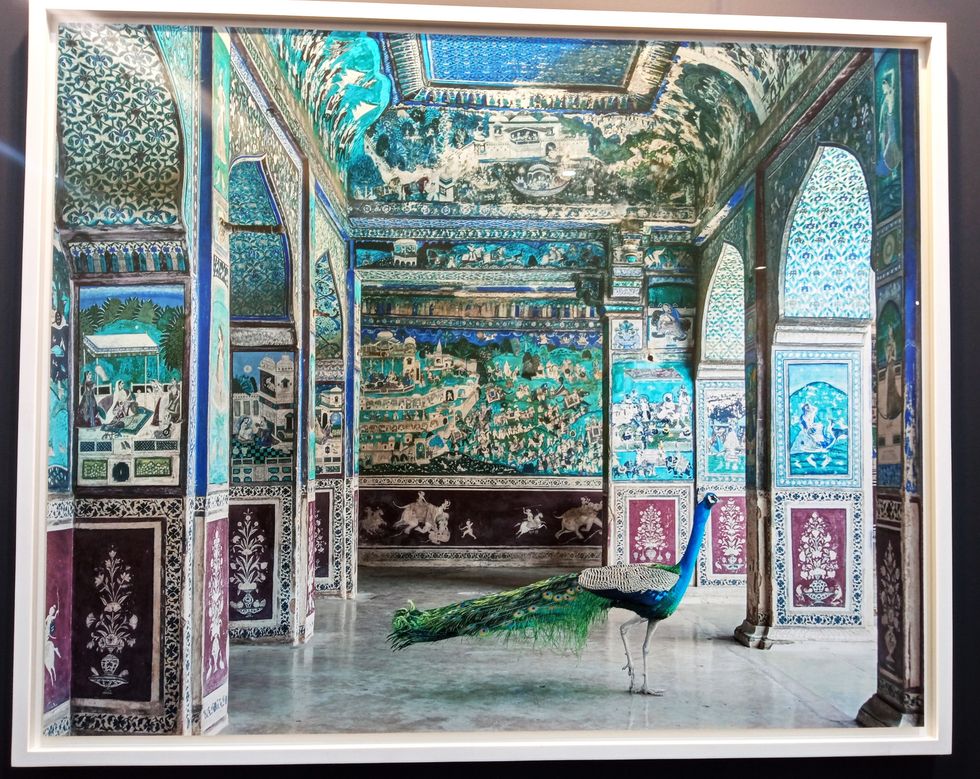
There have been numerous trips to India since her first visit – a “very long road trip across Rajasthan”.
“I immersed myself in India. I would revisit places I had visited before. I am very interested in how time changes a building. I just sort of fell in love with the country. Its hybridity is what really interested me, this idea that architecture could be there for diversity, reconciliation, different cultures coming together. I read most of William Dalrymple’s books and his very critical and alternative history of India that didn’t glorify the British empire. Some of the spaces are older than British rule. What interested me were the Muslim inflections in the buildings. I read the Mahabharat and the Ramayan, everything from (American Indologist) Wendy Doniger to Dalrymple.”
As for the animals inserted into her pictures, she said: “I found the animals were as important as the cultural heritage. I use them as transgressors and disrupters. They are not supposed to be there. I didn’t photograph the animals in situ. That would never work. The animals would move. So, I became a wildlife photographer. Often, I wouldn’t know which animal goes where. I would work on that in London. The animal chosen has to work within the space. It’s about designing an effective image.”
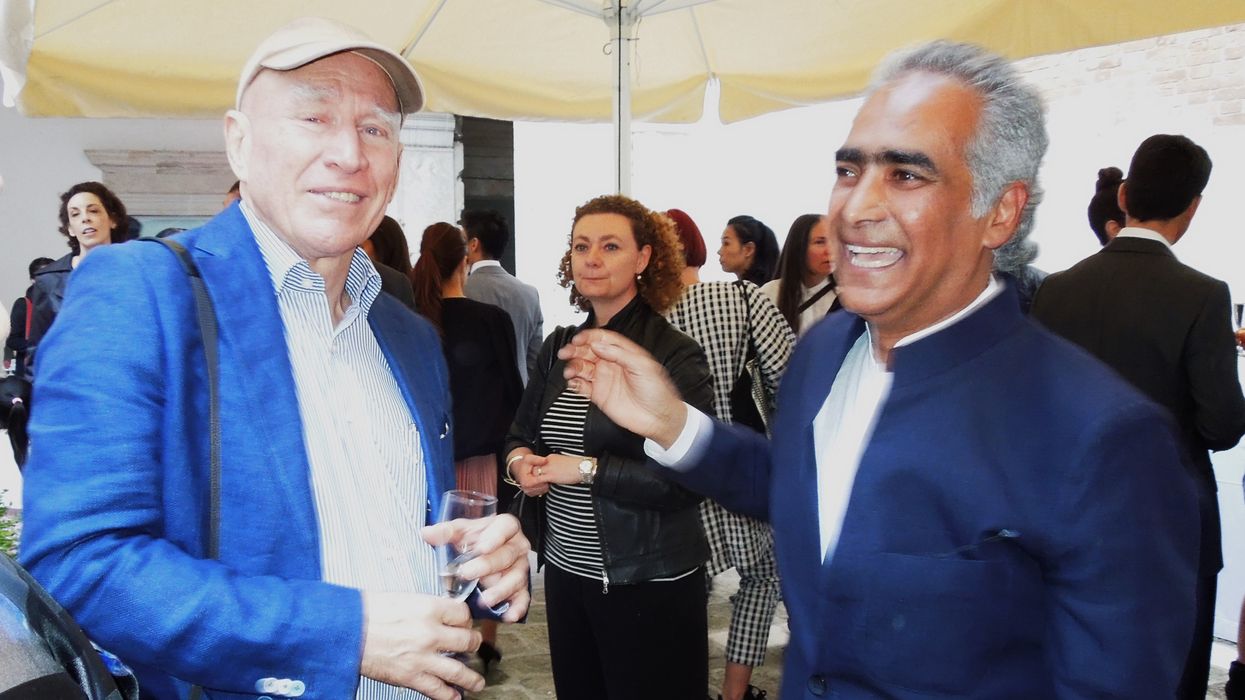

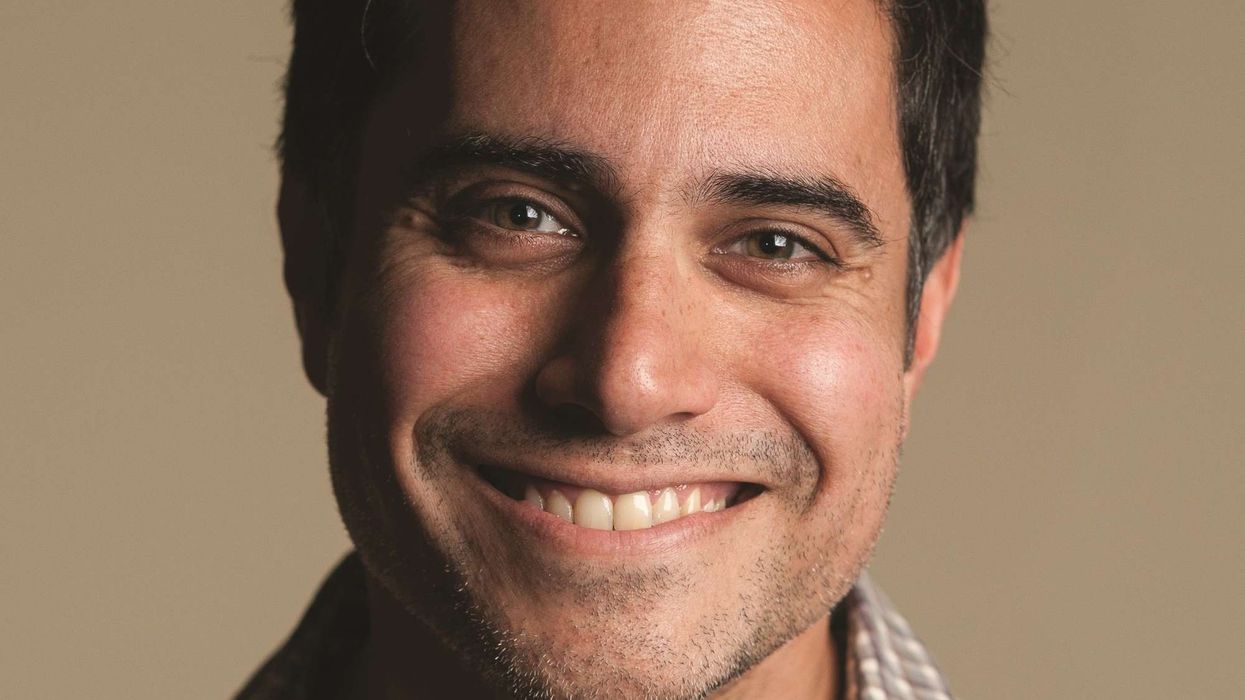

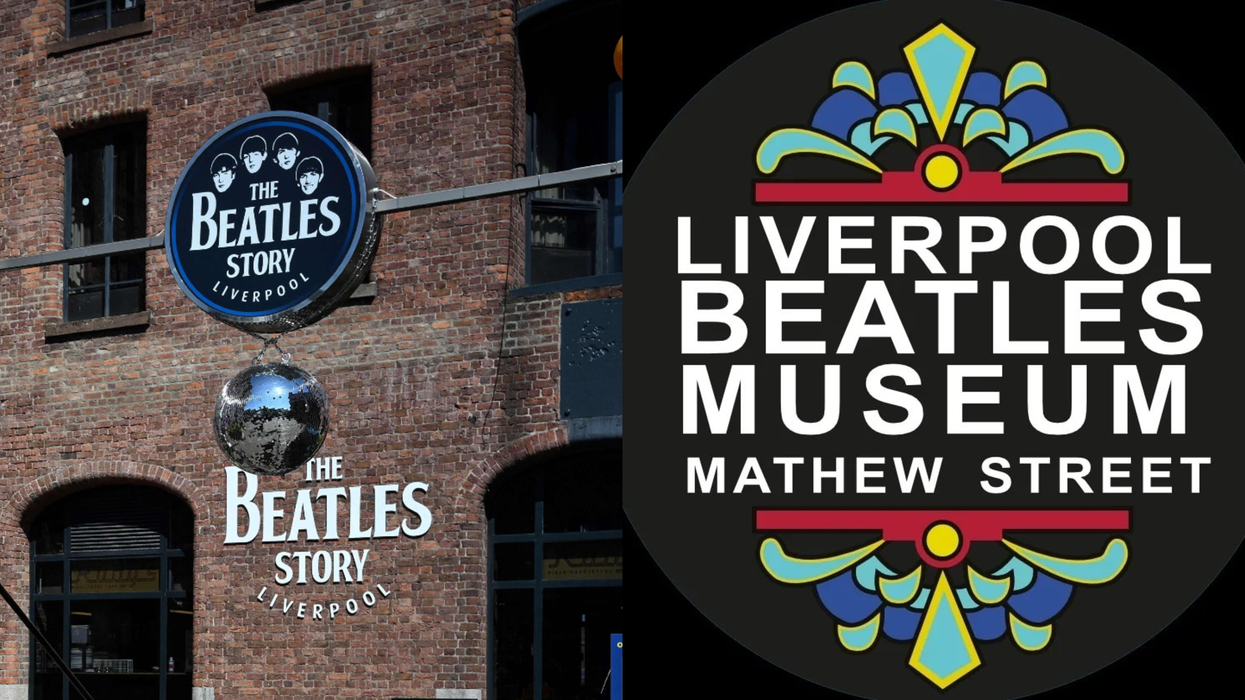
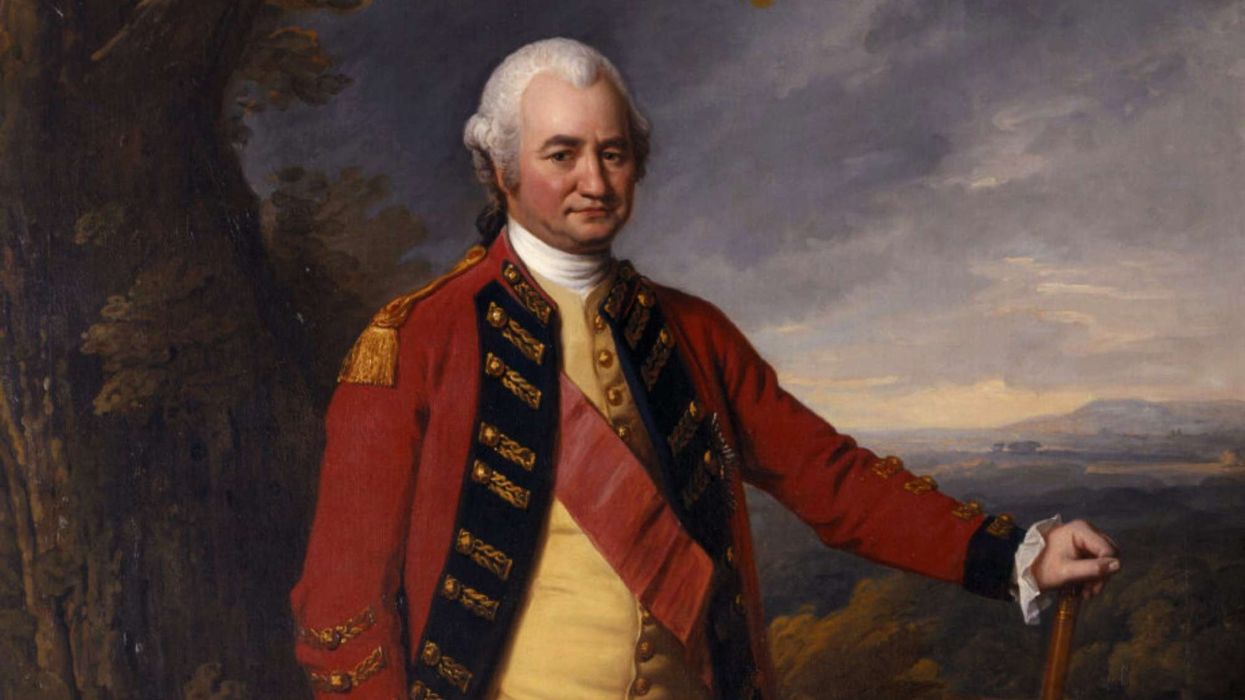
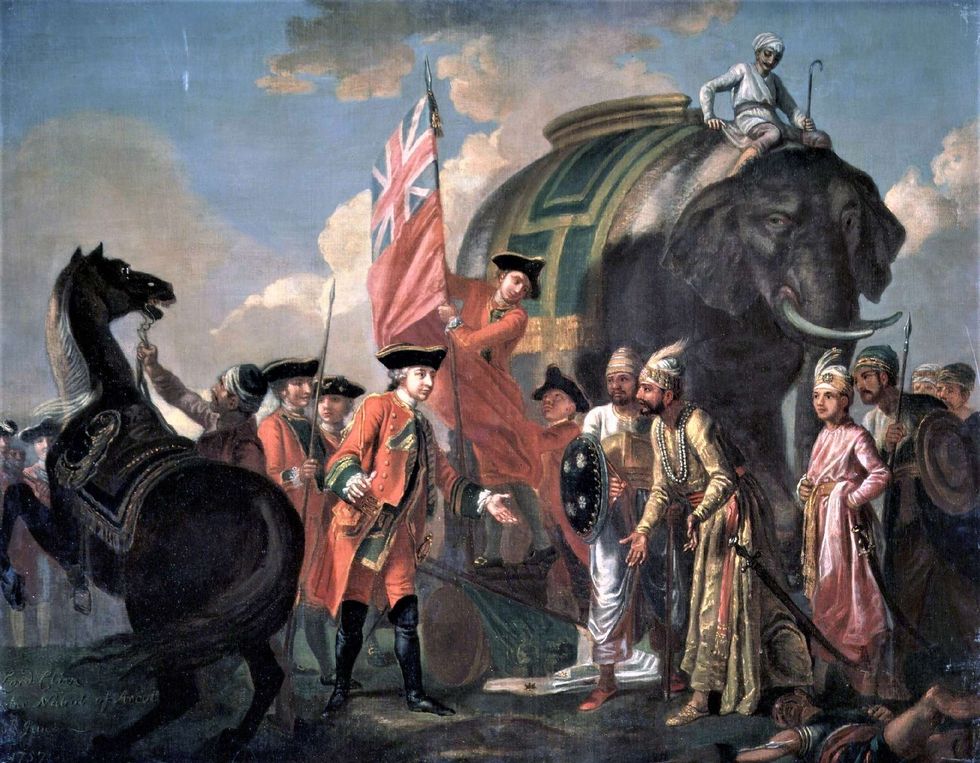 Clive meeting Mir Jafar after the Battle of Plassey 1757
Clive meeting Mir Jafar after the Battle of Plassey 1757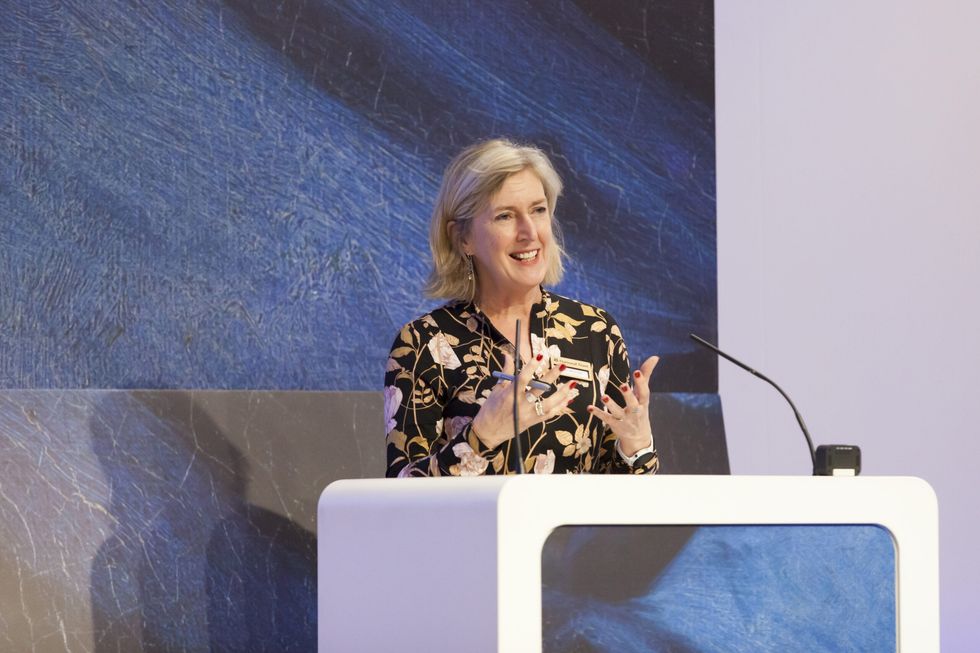 National Trust director general Hilary McGrady
National Trust director general Hilary McGrady  Powis Castle photo of four Clive dominates Hindu Gods
Powis Castle photo of four Clive dominates Hindu Gods 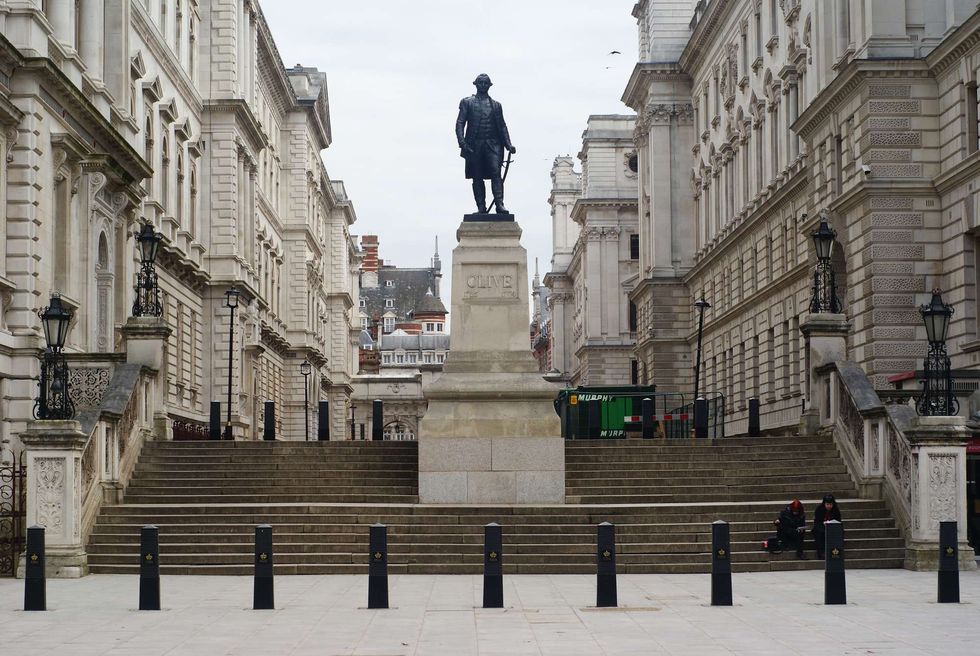 Clive of India at Foreign Office entrance
Clive of India at Foreign Office entrance 





